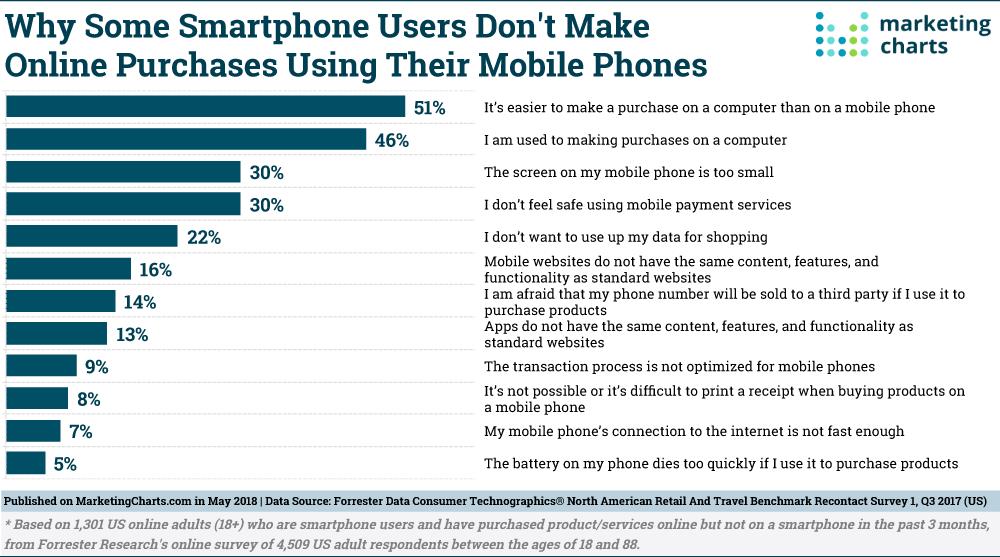Introduction
The transportation industry plays a vital role in our global economy, connecting people and goods across vast distances. As the world becomes increasingly interconnected, the need for efficient transportation systems grows more crucial. Artificial Intelligence (AI) has emerged as a powerful tool in revolutionizing transportation software, enabling accurate forecasting, intelligent decision-making, and optimization of various processes. In this blog, we will explore the role of AI in transportation software and its implications for the future. This analysis is based on insights from industry experts and reputable sources.
Role of Artificial Intelligence (AI) in Transportation Software
1. Forecasting with AI
Accurate forecasting is essential for efficient transportation planning and operations. AI-driven algorithms can analyze vast amounts of historical and real-time data to generate precise predictions. These predictions help optimize routes, manage inventory, and improve resource allocation. Here are a few key areas where AI-based forecasting plays a significant role:
- Traffic Management: AI algorithms can analyze real-time data from sensors, cameras, and connected vehicles to predict traffic patterns and congestion. This information aids in optimizing traffic flow, reducing travel time, and improving overall road safety.
- Demand Forecasting: AI models can analyze historical data, weather patterns, and socio-economic factors to accurately forecast demand for transportation services. This helps optimize fleet management, scheduling, and resource allocation, leading to better operational efficiency.
- Supply Chain Management: AI-driven forecasting can enhance supply chain visibility by predicting demand fluctuations, identifying potential bottlenecks, and optimizing inventory levels. This enables better coordination between suppliers, manufacturers, and distributors, leading to cost savings and improved customer satisfaction.
2. Decision-Making with AI
Intelligent decision-making is a critical aspect of transportation management. AI-powered systems can analyze complex data sets, consider various factors, and make informed decisions in real-time. Here are a few examples of AI’s role in decision-making within the transportation industry:
- Route Optimization: AI algorithms can evaluate multiple variables such as traffic conditions, fuel consumption, delivery time windows, and vehicle capacity to determine the most efficient routes. This leads to cost reduction, improved delivery times, and increased customer satisfaction.
- Vehicle and Asset Maintenance: AI-based predictive maintenance models can analyze sensor data, historical maintenance records, and environmental factors to predict equipment failures. This enables proactive maintenance scheduling, reducing downtime and optimizing asset utilization.
- Risk Assessment: AI systems can analyze data from various sources, including weather forecasts, road conditions, and historical accident data, to assess potential risks. This information can be used to optimize routes, identify safer alternatives, and enhance overall transportation safety.
3. Optimization with AI
Optimization is crucial for achieving efficiency and cost savings in transportation operations. AI algorithms can optimize various aspects of transportation systems by considering multiple variables simultaneously. Here are a few examples of AI-based optimization in transportation software:
- Fleet Management: AI can optimize fleet size, vehicle assignments, and routing to maximize resource utilization while minimizing costs. This leads to improved fuel efficiency, reduced emissions, and enhanced operational performance.
- Energy Efficiency: AI algorithms can analyze real-time data and optimize energy usage in transportation systems. This includes optimizing traffic signals, implementing dynamic routing algorithms, and identifying opportunities for alternative energy sources. These measures contribute to reducing carbon footprints and promoting sustainability.
- Last-Mile Delivery: AI-based algorithms can optimize last-mile delivery operations by considering factors such as package size, delivery windows, and vehicle capacities. This ensures efficient utilization of resources and timely deliveries, improving customer satisfaction.
AI in Transportation: Challenges and Considerations
While AI holds great promise for transportation software, several challenges and considerations must be addressed:
- Data Quality and Integration: AI models require access to high-quality data from various sources. Ensuring data accuracy, integrity, and compatibility across different systems and stakeholders can be challenging. Robust data governance and integration frameworks are essential for successful AI implementation.
- Ethical and Legal Implications: As AI becomes more pervasive in transportation systems, ethical considerations such as privacy, bias, and accountability become crucial. Regulations and standards need to be developed to address these concerns and ensure responsible AI implementation.
- Adoption and Training: The successful implementation of AI in transportation software requires organizational buy-in, skilled personnel, and proper training. Organizations must invest in employee training and change management strategies to foster a culture that embraces AI technology.
Conclusion
Artificial Intelligence is revolutionizing the transportation industry by enabling accurate forecasting, intelligent decision-making, and optimization of various processes. From traffic management to supply chain operations and last-mile delivery, AI-driven transportation software has the potential to enhance efficiency, reduce costs, and improve customer satisfaction. However, challenges such as data quality, ethical considerations, and adoption barriers must be overcome to realize AI’s potential in transportation fully. As technology advances, opting for AI development services has a crucial role in shaping the future of transportation systems worldwide.
Mindfire Solutions is an expert in transportation and logistics software development. Our team delivers tailored solutions, leveraging AI to optimize operations and drive growth in the transportation industry.










